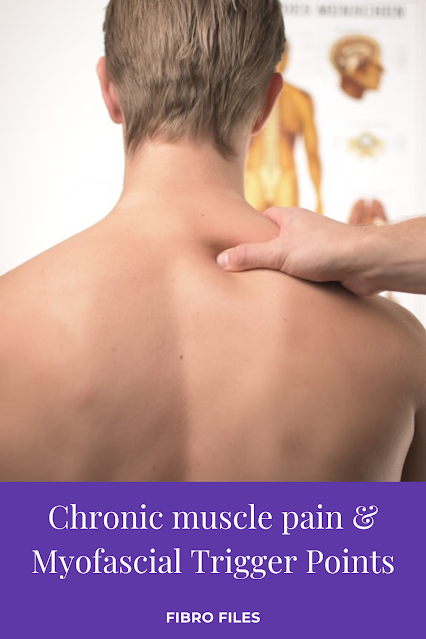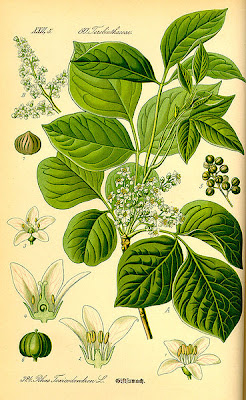The rest of the Dalai Lama's article on Altruism can be read here
This message caught my attention because of the opening sentence about illness. At first when I read this I was affronted and felt myself getting annoyed that someone could think these qualities could heal my conditions but then I starting thinking about it.
What if someone had shown me love and compassion at a crucial time early in the formation of the illness stressors?
What if someone's compassion had made them comment and head me in the right direction, early on, for a treatment that may have stopped the progression of dis - ease?
What if their love and compassion had given me such amazing feelings that helped ward off the pain and the fog and the deterioration of the body?
What if love and compassion for myself, and all the other good qualities that they bring, like forgiveness, tolerance and inner strength, had enabled me to not get sick in the first place?
What if these great qualities could help me now on the way to healing?
We know that babies need love and compassion to survive and thrive but at some point that connection lessens or changes as our children grow older - we stop hugging as much, we allow ourselves to be hurt by things that occur, we lose our compassion, get caught up in what we can see, what we think is important. What skills for loving themselves and forgiving themselves have we imparted to our children and what were we given by our parents?
If love and compassion were physical objects able to be counted how much would we have and how much more would everyone focus on them? If they could be seen connecting and spreading like electric charges, that lit up things affected with beautiful colour, how much would we use them?
NOW the idea of love and compassion being medicine is a great one, to me, that makes me smile.





.png)





















.png)







